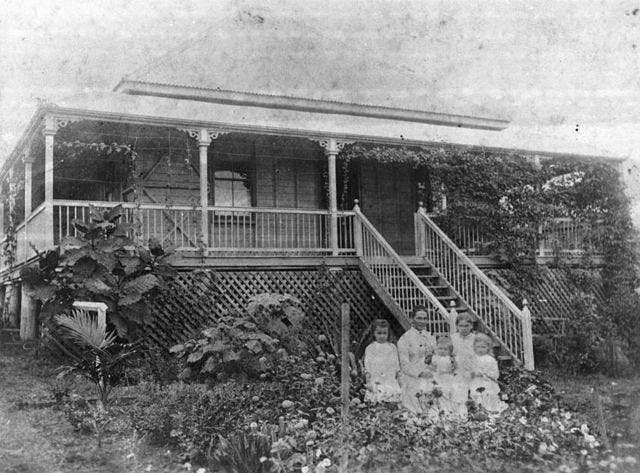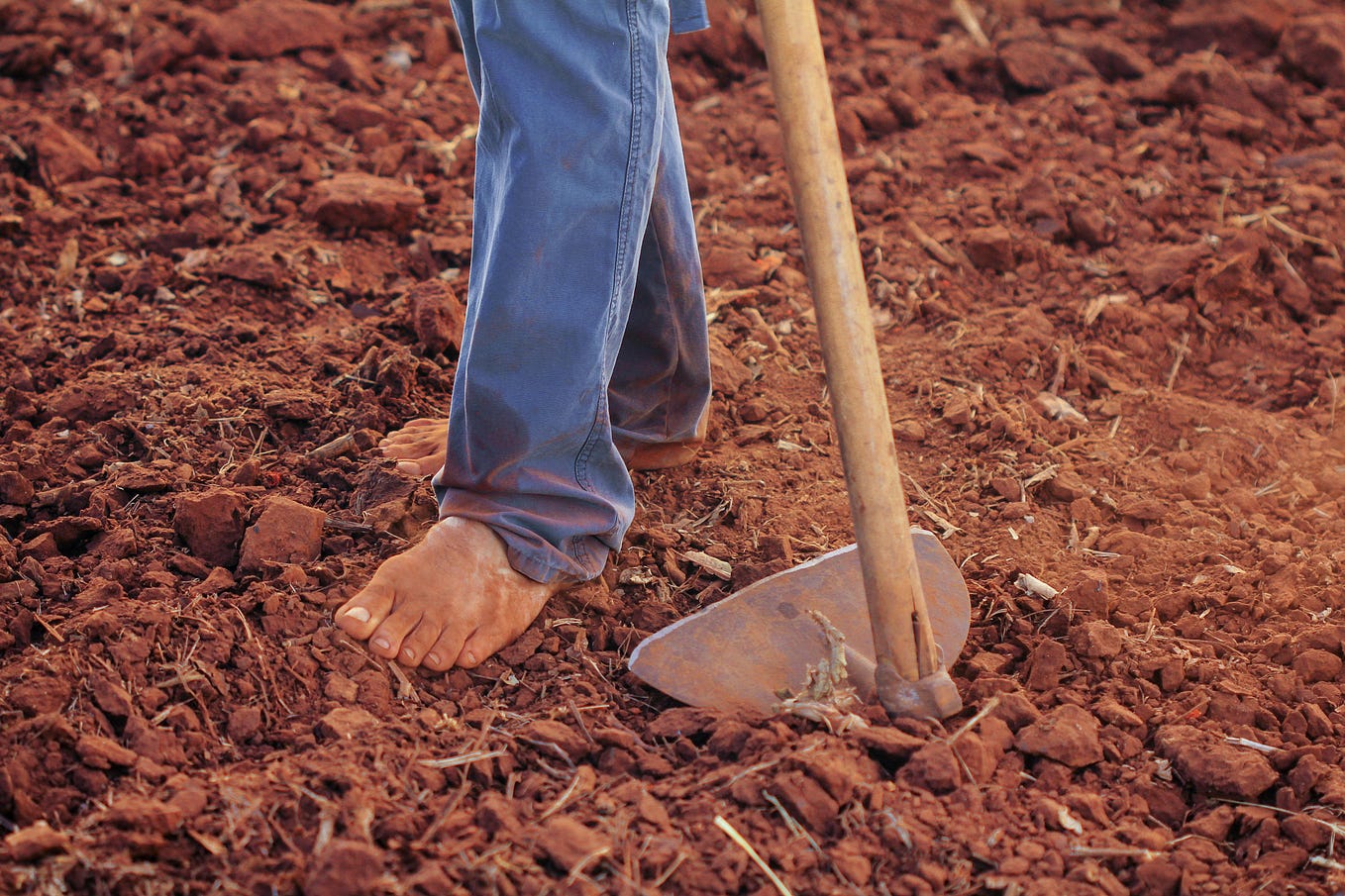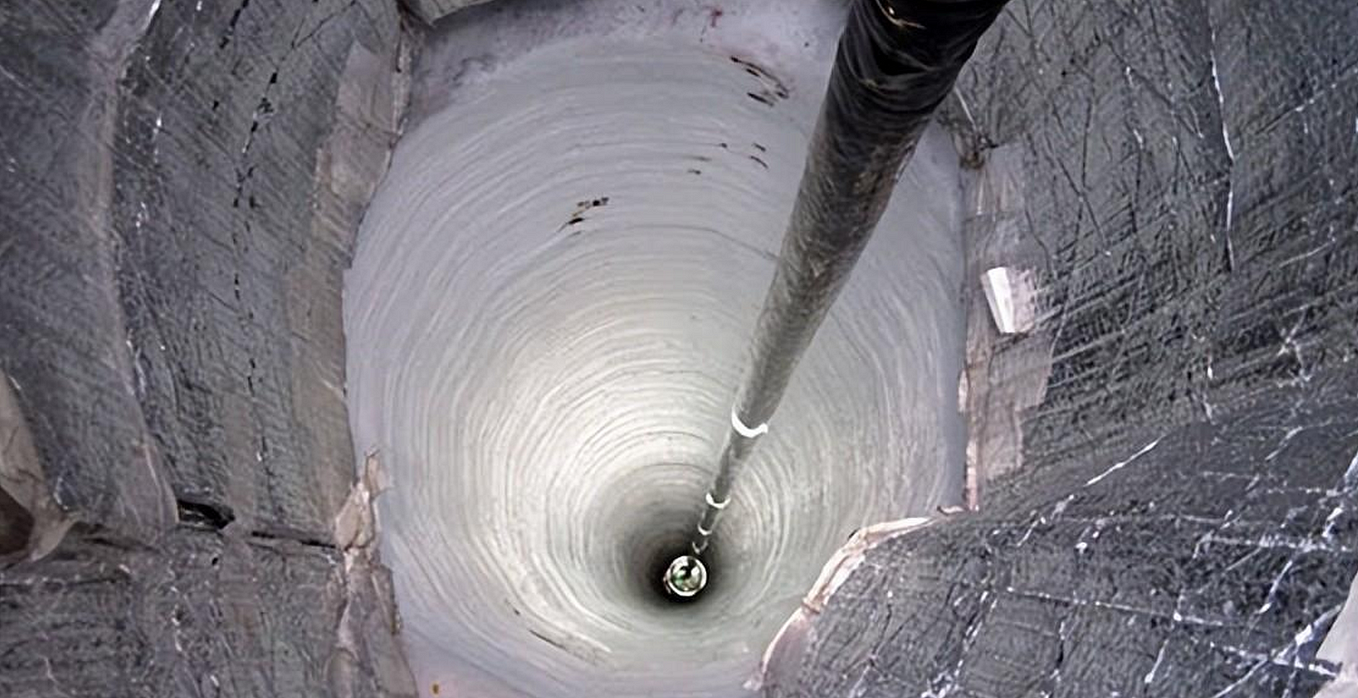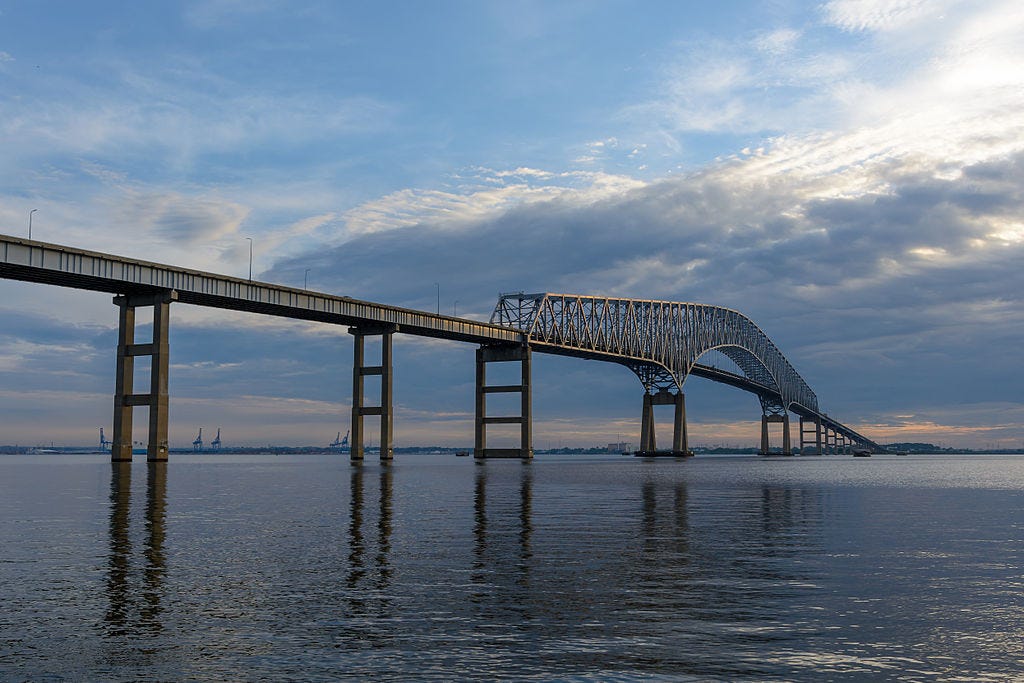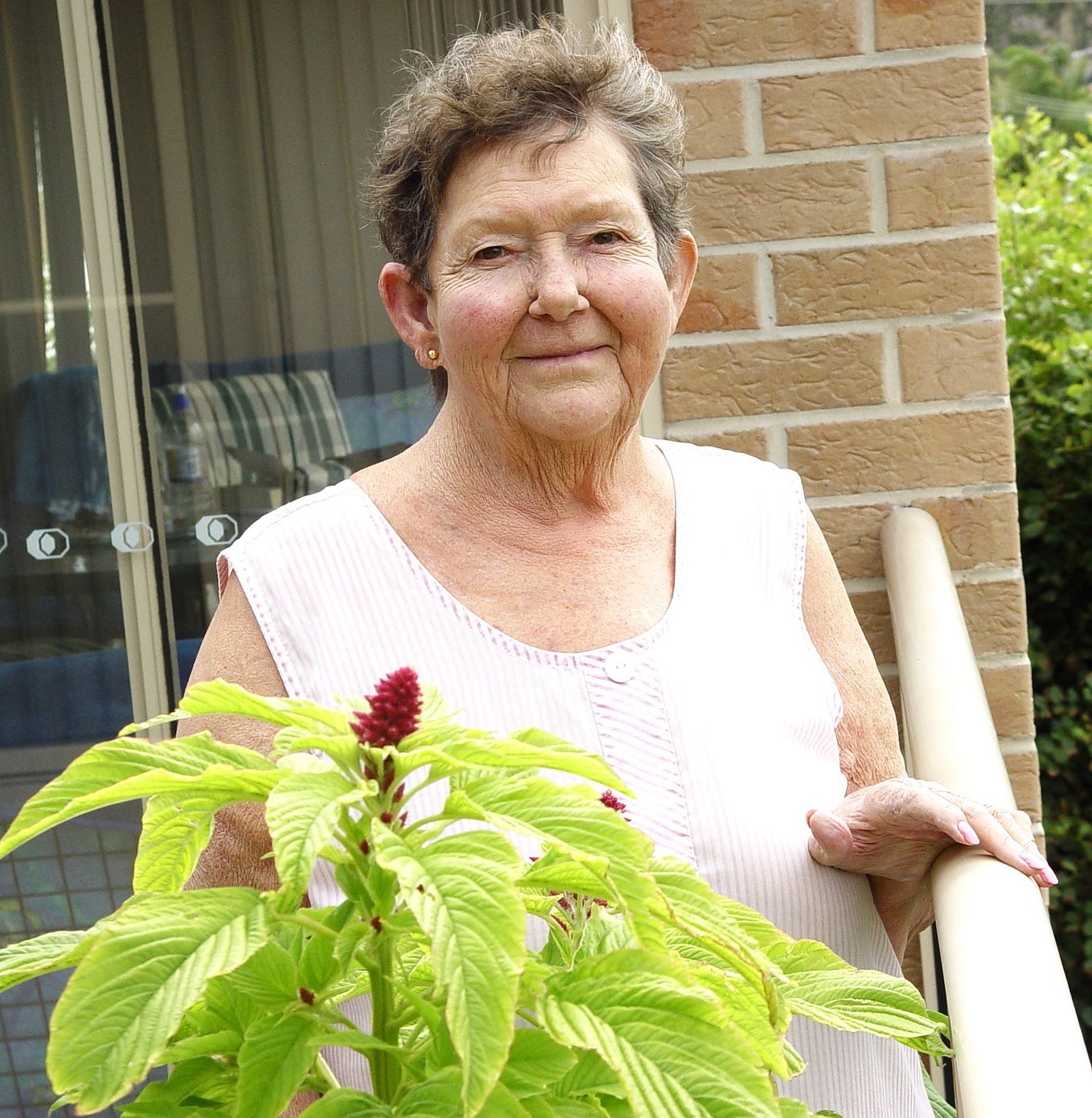G. M. Dawson, the Man who Photographed the Haida
The death of assumptions
It’s 1878. A hunchbacked geologist and poet from Pictou, Nova Scotia, lands on Graham Island, off the west coast of Canada. The first thing he sees as his boat slowly approaches the shore is a forest of totem poles.
They are carved, colorfully painted, and they are everywhere, standing tall and proud along the shoreline, guarding the local cedar houses.
When George M. Dawson (1849–1901) visited the Haida in the late 1870s, Graham Island was the largest among the 400 red cedar-covered islands and islets that colonial officials had baptized Queen Charlotte Islands. People commonly called them “the Charlottes”.
Today, the archipelago has been renamed Haida Gwaii, the “Islands of the Haida people”.
We assume. As human beings, that’s what we tend to do, for better or worse. It’s normal. It’s human. Every day we are called to solve problems, to find solutions, to get on with our lives, and we do all of this based on the (often limited) knowledge that we have of the world.
Most of the time we are forced to assume. We are forced to trust our gut feelings. Then, to validate what we feel, to elevate and give a firm shape to our gut feelings, we begin to build a self-sustaining structure that can get us through the day. That’s the moment when an idea evolves into a belief. That’s how assuming works.
The Haida communities G. M. Dawson visited in the 1870s had already been decimated by waves of European-imported epidemics. Smallpox, measles, influenza, dysentery, and consumption had swept through the archipelago throughout the 19th century.
The worst epidemic had begun in March 1862, after a steamship from San Francisco had brought smallpox to Fort Victoria. On the outskirts of the city lived thousands of Indigenous groups. Most of them belonged to the Tsimshian First Nation, some were Haida from Haida Gwaii.
As the authorities began to brutally evacuate the area, forcing people to leave at gunpoint, burning their villages, some groups hurriedly took their canoes and paddled up the coast to Haida Gwaii. They had no choice. They brought smallpox with them.
“Over the next year, at least 30,000 Indigenous people died, representing about 60 per cent of the population — a crisis that left mass graves, deserted villages, traumatized survivors and societal collapse and, in a real way, created the conditions for modern-day British Columbia. Less than a decade before B.C. became Canada’s sixth province, the colonial response to this crisis formed the basis for the fraught relationship between First Nations and government and sparked the question of what this problematic past means for its future.” — Joshua Ostroff
The scarred survivors of this catastrophe fled to the coasts of the islands of Haida Gwaii, where survival was easier. What they left behind were centuries of history and culture.
Their elaborate cedar houses and still-standing poles began to rot and decay under the relentless rains of the Pacific Coast.
As waves of white settlers, miners and loggers arrived en masse, looking to make money thanks to the Cariboo gold rush and the Fraser River gold rush, Indigenous communities along the Pacific coast struggled to survive and retain their right to live on the lands of their ancestors. As the number of newcomers surged
“Indigenous populations fell by as much as 90 per cent in some areas. Geographer Cole Harris reports in The Resettlement of British Columbia that by 1863 in southeastern B.C., large areas were “almost completely depopulated,” and that census-takers on the north coast found the Haida had fallen from a pre-epidemic count of 6,607 people to only 829 in 1881.” — Joshua Ostroff
This was the dire situation Dawson found upon landing on Haida Gwaii. Most of the pictures he took during his trip are of Skidegate, in the southeast part of Graham Island, and Old Masset in the north, two large villages where groups from various islands had gathered.
Dawson traveled to the village of Masset, on Masset Sound, on the northern coast of Graham Island. He spoke to the people living there.
He traveled to Skidegate, on the southeast coast of Graham Island, and took pictures of the Haida beautiful still-standing totem poles along the shore.
He traveled to Cumshewa and Skedans and then to Langara Island, where he walked among the rotting houses of the abandoned Haida village of Dadens.
In August 1878, after seeking and obtaining their consent, he photographed Albert Edward Edenshaw, Chief of Virago Sound and a talented canoe maker and craftsman, and Hoo-ya, chief of Masset, proudly standing on the shore of Yatze.
More than twenty years after Dawson’s trip, in September 1900, John Reed Swanton (1873–1958), a young Harvard-educated linguist, landed on the shores of Haida Gwaii. Supported by his young bilingual guide and assistant, Henry Moody (1871–1945), for months and months he listened to Ghandl of the Qayahl Llaanas of Qaysun, a blind poet also known by his Western name, Walter McGregor, as he told them the stories, poems, songs, legends and mythic cycles of his people.
Another eighty years would pass before Canadian translator, linguist and poet Robert Bringhurst set himself the task of learning the Haida language and translate into English the incredible body of work collected by Swanton and Moody.
For decades Dawson’s pictures were believed to have captured a vanishing world, a culture slowly dying upon contact with Europeans. It was widely believed that the demise of Indigenous communities, regardless of their history and cultures, was inevitable.
For decades, people bought into the so-called Vanishing Indian theory, which maintained that Indigenous peoples were doomed because of an inner deficit, because they were mentally, physically, and culturally unable to adopt the supposedly more civilized ways of the white men.
Just as it happened in Australia with the doomed race concept, the Vanishing Indian theory was backed by an interpretation of the Darwinian evolutionary theory: the passing of the Indigenous race upon contact with the more advanced European civilization was inevitable because a similar outcome can be observed in the natural world too.
The stronger wins, the weaker perishes.
Australian historian Russell McGregor maintains that the doomed race theory originated from
“the self-interest of an invading people who wished to absolve themselves of blame by portraying the fate of the vanquished as the inevitable outcome of a natural law” — Russell McGregor
Similarly, the vanishing Indian theory can be seen as an attempt, on the side of the settlers and colonial institutions, “to wash their bloody hands in the waters of evolutionary theory” (McGregor). In early Canada, in fact, many were firmly convinced that the faith of the nation depended on the doom of Indigenous people.
Now we know that what Dawson captured with his pictures and his determination was a changing world.
Decimated by European-imported illnesses, disposed from their lands by colonial settlers, and prohibited from performing their ceremonies by colonial legislations, the Haida were slowly learning how to navigate this new world they found themselves in, a world that sought either to destroy them, through open warfare or through diseases they had no immunity to, or assimilate them into white society.
Either way, survival could only come through change.
And change they did.
This is what Dawson’s pictures can still teach us, more than a hundred years after they were taken. When you assume something, be ready to be proven wrong.

